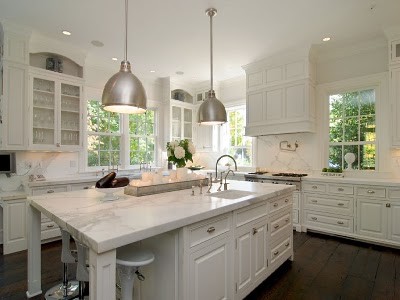Count On Specialist Workmanship for Tailored Legs For Kitchen Island Concepts
Count On Specialist Workmanship for Tailored Legs For Kitchen Island Concepts
Blog Article
Important Elements to Consider When Picking Legs For Cooking Area Island
Selecting the proper legs for a kitchen island includes a mindful assessment of numerous factors that can substantially influence both performance and visual appeal. As we check out these components, it becomes clear that each decision can have far-ranging implications for the general cooking area experience.
Material Options
When choosing legs for a kitchen area island, recognizing the various material alternatives is important for accomplishing both visual allure and structural stability (Legs For Kitchen Island). The option of product significantly influences not just the sturdiness of the island yet also its overall style and performance
Metal legs, typically made from stainless steel or wrought iron, contribute a industrial and contemporary feeling while ensuring resilience and stability. These products are immune to put on and can support considerable weight, making them optimal for larger islands.
Another alternative is crafted materials, like MDF or plywood, which can be much more affordable while still offering an array of finishes. Nevertheless, they may not provide the very same level of stability as strong wood or metal. Finally, products such as acrylic or glass can create a contemporary appearance, though they might call for additional assistance to guarantee stability.
Inevitably, the choice of product for kitchen island legs must line up with the desired performance and the overall motif of the kitchen area.
Design and Style

When taking into consideration design, the form and surface of the legs are important. Conical legs can give a feeling of agility and sophistication, while thicker, extra durable legs can communicate stamina and stability. Furthermore, the finish-- be it painted, stained, or all-natural-- need to enhance the kitchen cabinetry and counter top materials to create a unified look.
Moreover, the layout of the legs can additionally show personal preference. Personalized or attractive legs, such as those including elaborate carvings or unique geometric forms, can offer as focal points, adding personality and character to the kitchen area. Ultimately, the appropriate selection will not only boost performance but additionally boost the aesthetic allure, making the kitchen area island a standout function of the home.
Elevation Factors To Consider
Picking the ideal height for kitchen island legs is critical, as it directly influences both functionality and convenience. The standard height for a cooking area island generally varies from 36 to 42 inches, straightening with common kitchen counter elevations.

It is also important to make up individuals' elevations and choices. Customizing the elevation can make sure a comfortable experience for all household members, making the cooking area island a much more functional and delightful area.
Weight Assistance
Making sure adequate weight assistance for kitchen island legs is crucial for both safety and capability. The kitchen island usually serves numerous purposes, consisting of cooking, dining, and added storage space, requiring a durable support framework. When selecting legs, it is vital to consider the general weight ability required based upon the island's planned use and the products that will certainly be placed on it.
The option of product for the legs plays a significant function in their weight-bearing capacities. Strong wood, metal, and sturdy compounds typically supply exceptional stamina contrasted to lighter products. In addition, the layout of the legs-- whether they are blog here directly, tapered, or have a pedestal type-- can influence their capability to disperse weight efficiently throughout the framework.
Furthermore, the leg placement ought to be strategically prepared to boost stability. Legs placed at the corners or with a wider base can much better support much heavier lots. Constantly consult the producer's specs pertaining to lots restrictions to ensure that the legs can sustain the intended weight without compromising safety. In summary, selecting kitchen island legs with sufficient weight support is vital for producing a risk-free and practical culinary space.
Installment and Maintenance
Appropriate installment and maintenance of cooking area island legs are important for guaranteeing long life and stability. This usually includes safeguarding the legs to the island base using ideal fasteners, making certain that the legs are level and lined up.
As soon as set up, normal maintenance is needed to preserve the stability and look of the legs - Legs For Kitchen Island. For wooden legs, regular cleansing with a damp fabric and application of ideal wood polish can protect against moisture damage and keep their finish. Metal legs might call for a gentle cleaning remedy to remove grease and crud, adhered to by a dry fabric to protect against rust formation
Furthermore, check the legs regularly for signs of wear or damage, such as cracks or loose joints. Tightening screws or bolts as needed can also prolong the lifespan of the legs. By sticking to these installment and upkeep practices, house owners can make sure that their kitchen area island stays tough and aesthetically appealing for years to come.
Conclusion

Visual comprehensibility is paramount in choosing the style and style of legs for a cooking area island, as these components greatly influence the general atmosphere of the area. Conical legs can give a feeling of agility and style, while thicker, more robust legs can convey strength and stability.Selecting visit the suitable visit homepage height for kitchen area island legs is important, as it straight affects both performance and convenience. In summary, choosing kitchen area island legs with adequate weight support is necessary for producing a practical and risk-free culinary space.
In conclusion, picking legs for a cooking area island demands mindful factor to consider of different elements, including product alternatives, design, height, weight support, and installment.
Report this page